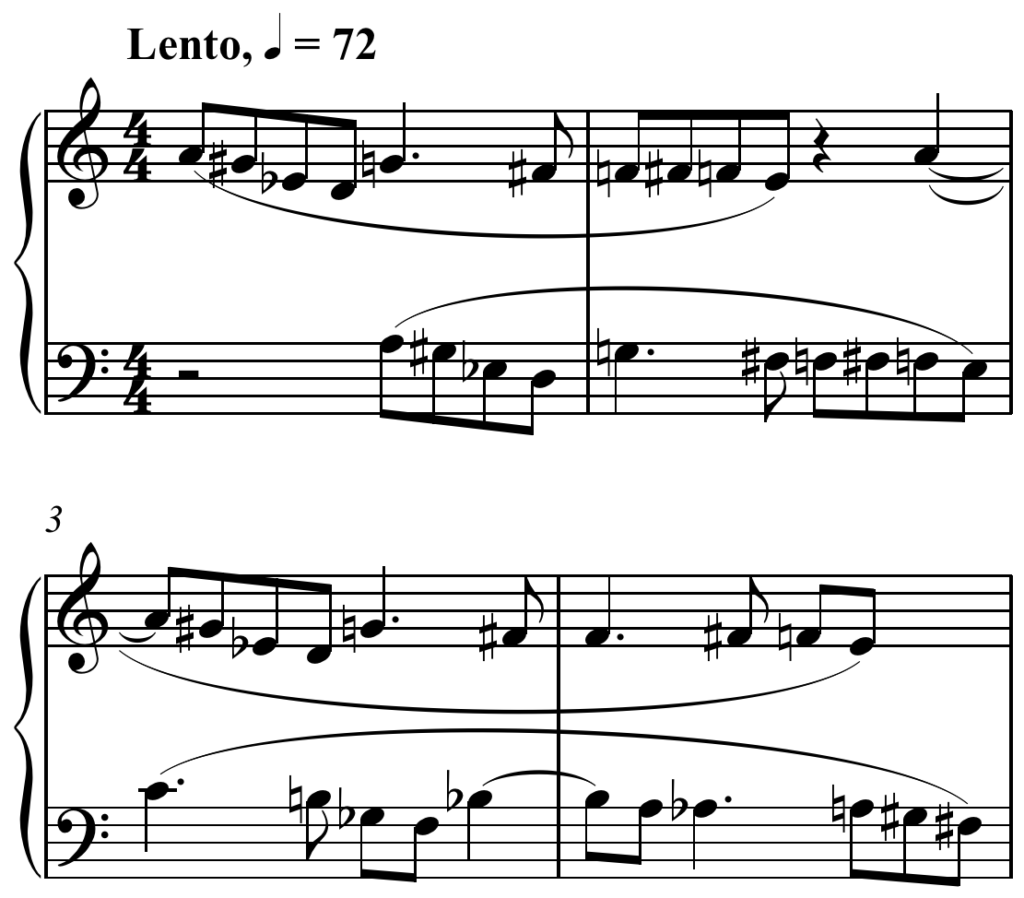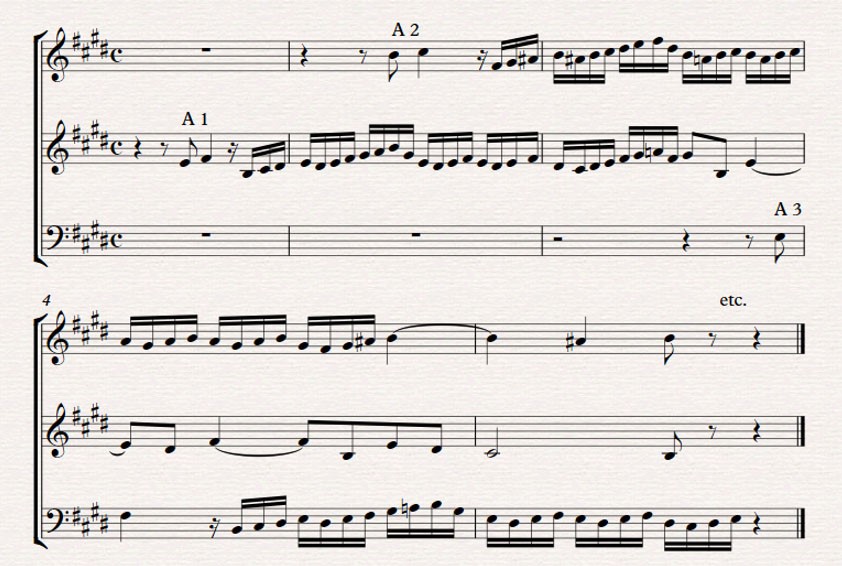Imitative polyphony is a musical technique that involves the repetition of a melody in a polyphonic texture shortly after its first appearance in a different voice. This technique has been used in music for centuries, from early medieval chants to modern pop songs.
One of the most famous examples of imitative polyphony is the canon, a form of composition in which one voice begins a melody, and then another voice begins the same melody a short time later, while the first voice continues with a new melody. This creates a rich and complex texture that is both beautiful and intricate.
Another example of imitative polyphony is the fugue, which is similar to the canon, but allows for more freedom in the individual voices. In a fugue, the different voices begin by imitating each other, but gradually diverge and become unique. This creates a complex and layered texture that is both impressive and beautiful.
One of the greatest composers of imitative polyphony was Josquin Des Prez, a Flemish composer who was knwn for his incredible skill at creating complex and beautiful textures using this technique. His works are still studied and admired today, and have influenced countless composers throughout history.
In addition to canons and fugues, imitative polyphony can be found in many other forms of music as well. Rounds, for example, are a type of imitative polyphony in which a melody is repeated by different voices, but each voice begins at a different time, creating a layered and complex texture.
Imitative polyphony is a powerful and versatile musical technique that has been used by composers for centuries to create beautiful and complex textures. Whether it is found in medieval chants, classical music, or modern pop songs, imitative polyphony continues to captivate and inspire listeners around the world.
Imitative Polyphony: An Example of a Song
Johann Sebastian Bach’s “Little” G Minor Fugue is a prime examle of imitative polyphony. Fugues are a type of composition where multiple voices imitate a main theme, creating a complex and layered texture of sound. In this particular fugue, the different voices begin by echoing each other, but gradually diverge and become distinct in their own right. This showcases Bach’s mastery of counterpoint and his ability to create intricate and harmonically rich music. The “Little” G Minor Fugue is a popular and widely recognized piece within the classical music canon, and serves as a great example for anyone interested in exploring the world of imitative polyphony.

Imitative Polyphony in Composers’ Works
Josquin Des Prez was the composer who used imitative polyphony. He was a Flemish composer who lived during the Renaissance period. Josquin’s music was characterized by his mastery of imitative polyphony, which involved the repetition and variation of a melodic theme by differet voices or instruments, creating a complex and rich texture. He was also known for his use of textural variation, which involved changing the number and combination of voices or instruments to create contrast and interest in his compositions. Josquin’s innovative approach to music composition made him one of the most influential composers of his time and earned him the title of “king of imitative polyphony”.
The Role of Imitation in Music
Imitation in music is a technique where a melody is repeated shortly aftr its first appearance in a different voice. This technique is commonly used in polyphonic music where multiple voices or instruments are playing simultaneously. The repeated melody may retain its original character, but also may be varied through transposition, inversion, or other means.
Imitation is an essential aspect of contrapuntal music, where two or more melodies are played simultaneously and are interdependent. By repeating a melody in a different voice, composers create a sense of unity and coherence within their composition.
In addition to its use in polyphonic music, imitation is also commonly found in other musical forms, such as fugues, canons, and rounds. These forms rely heavily on the use of imitation to create a complex and interlocking musical texture.
Imitation is a fundamental technique in music that allows composers to create complex and cohesive compositions. By repeating a melody in different voices, they create a sense of unity while also allowing for variation and complexity within the music.
Example of Polyphony
Polyphony is a musical texture that involves multiple independent melodic lines played or sung simultaneously. One example of polyphony is a round, in which different groups or individuals sing the same melody starting at different times. Canons are also polyphonic, with multiple voices singing the same melody but starting at different times to create an overlapping effect. Another example of polyphony is a fugue, a complex form of composition that features multiple voices imitating a main theme or subject. In each of these examples, the different melodic lines interact with each oher to create a rich and textured musical experience.

Conclusion
Imitative polyphony has played a significant role in the development of Western music. From rounds and canons to fugues, composers have utilized imitation to create complex and intricate textures that challenge both the performer and the listener. The use of imitation allows for the creation of multiple voices that interact with each other, creating a rich and dynamic musical experience. Whether it is the strict imitation of the canon or the more flexible approach of the fugue, imitative polyphony has proven to be a valuable tool for composers throughout history. With its ability to create unity and diversity simultaneously, it is no wonder that imitative polyphony remains a popular technique in contemporary music as well.
